If you consider the hygienic and sanitary properties of soap, the true purpose of washing your hands is not to kill bacteria and viruses, but to simply wash them away. And the way regular soap accomplishes this task is truly remarkable on a molecular level.
(more…)-

The Magic Trio: Soap’s Three Essential Ingredients
Soap, a surfactant commonly used for washing, bathing, and housekeeping, has a very long history spanning about 3,500 years. During this time, it has undergone a remarkable transformation from a greasy, smelly substance to the scented solid, liquid, and powdered detergents we use today. Despite its ancient origins and evolution, modern soap is still crafted from three fundamental components: fatty acids, alkali, and water.
(more…)
-

Weighty Matters: Earth’s Gravitational Variations
Looking to shed a few pounds quickly? Consider climbing Mount Everest. At the summit of the world’s tallest peak, you’ll weigh approximately half a percentage point less than at sea level (assuming you haven’t lost mass during the ascent!). If mountain climbing isn’t your cup of tea, hop on a scale at the North Pole, then relocate to Kenya or Ecuador. You’ll find yourself weighing slightly less at the equator— about one-fifth of a percentage point less, to be precise.
(more…)
-
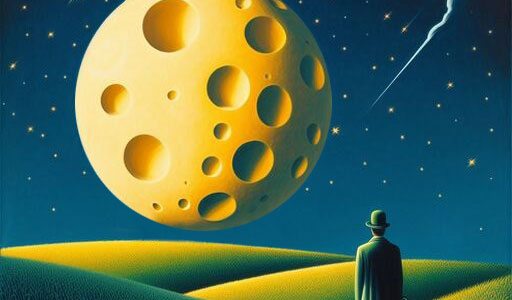
The Scorched Aroma of Lunar Dust
Does the Moon smell like cheese? Not quite.
When Apollo 11 astronauts completed their moonwalk and returned to the Eagle lunar lander, they described the scent as resembling spent gunpowder. This odor emanated from the lunar dust that coated their spacesuits, equipment, and the lunar samples they brought back on board.
(more…)
-
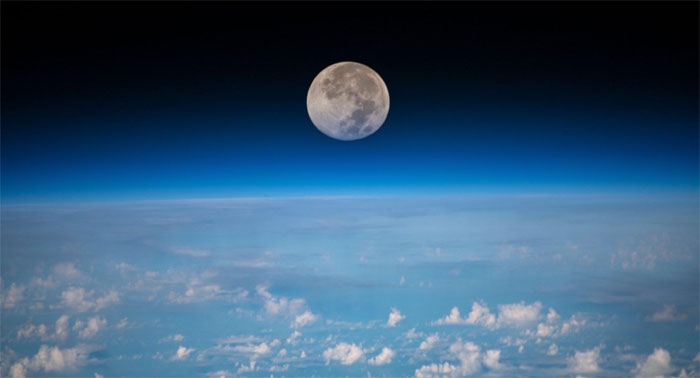
Solar Eclipse Seasons: The Moon’s Celestial Line Dance
The Moon, Earth’s solitary natural satellite, travels in a nearly circular orbit around our planet once every 27.322 Earth days, or approximately once every month. Naturally, once a month, the Moon passes between the Sun and Earth. During this event, we might expect the Moon to block sunlight and cast a shadow on Earth’s surface, resulting in a solar eclipse.
If this is the case, why don’t we have a solar eclipse every month?
(more…)
-
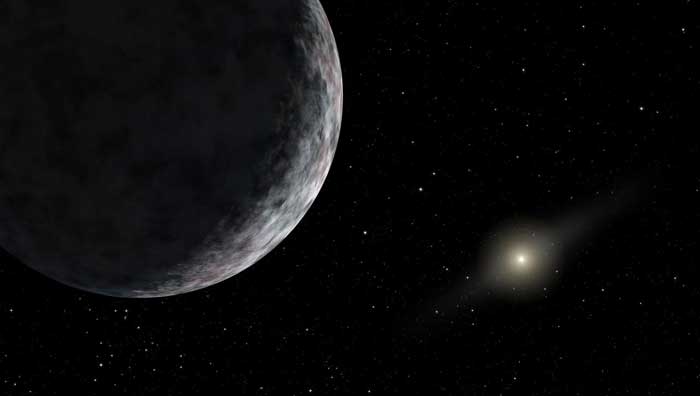
How Far is the Far Edge of Our Solar System?
If you were to take a regular passenger airplane from Earth to the Sun, which is only one astronomical unit away, your one-way trip, traveling at an average speed of about 400 miles per hour, would last for more than 20 years. Fortunately, spacecraft can travel at speeds 100 times faster than slow-flying airplanes. If you choose to travel 100,000 astronomical units to the far edge of our solar system, how long would it take to get there aboard one of those spacecraft?
(more…)
-

Ice Cream Headache
Believe it or not, ice cream can trigger headaches.
Commonly known as “brain freeze,” this type of headache occurs when cold substances come into contact with the roof of the mouth or the back of the throat. This leads to a sudden decrease in temperature of the warm tissue, causing rapid narrowing of local blood vessels. This narrowing is the body’s natural response to prevent the loss of body heat. As blood flow in the mouth or throat constricts, brain arteries widen in an attempt to rush extra blood to keep the affected area warm. Meanwhile, the trigeminal nerve continuously transmits signals between the face and the brain. The culmination of these processes is a burst of pain in the frontal lobe of the brain.
(more…)
-
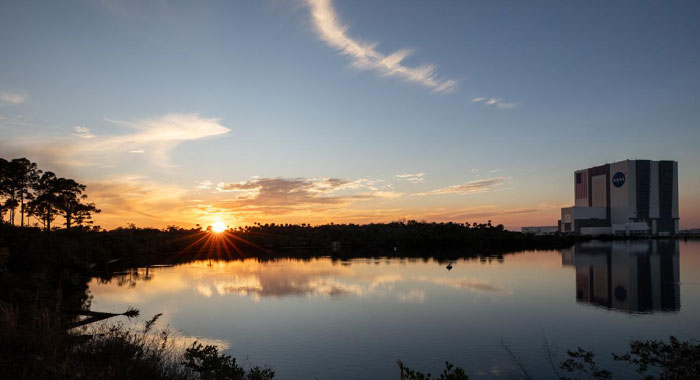
Analemma: The Sun’s Wandering Trail Across the Sky
Influenced by the Earth’s elliptical orbit and the axial tilt, the Sun’s apparent movement through the sky varies throughout the year. What would the Sun’s path across the sky be like if Earth orbited the Sun in a perfect circle and if the axis around which Earth rotates wasn’t tilted 23.5° relative to the planet’s orbital plane?
(more…)
-
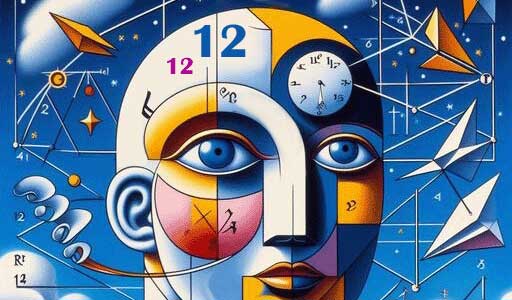
The Wonders of the Number Twelve
Each finger, except the thumb, has three knuckle bones, allowing you to count to 12 with the thumb as a pointer. By using one hand to count to 12 and the other hand’s fingers to track the number of iterations, you can count up to five dozens, or 60.

Count to 12 using your thumb and knuckles.
Image by asierromero on Freepik / annotated.Scientists speculate that the ancient Sumerians and Babylonians utilized this knuckle-and-finger counting system to develop both the duodecimal and sexagesimal numeral systems, with bases of 12 and 60, respectively.
These numeral systems have facilitated various practical applications. For example, in timekeeping, we use a day consisting of two 12-hour periods, totaling 24 hours, with each hour divided into 60 minutes and each minute into 60 seconds. In angular measurements, there are 360 degrees (6 × 60) in a full circle, 60 minutes of arc in a degree, and 60 arcseconds in a minute. Also, there are 360 meridians on Earth, which measure longitudes and divide the globe into the Eastern and Western Hemispheres, facilitating mapping and navigation.
Certainly, there’s no real reason why we couldn’t use a decimal system for these units. But since these traditions have been around for thousands of years, we just stick with them without really considering how unusual they are in modern contexts. Surprisingly, we still find them quite handy.■
-
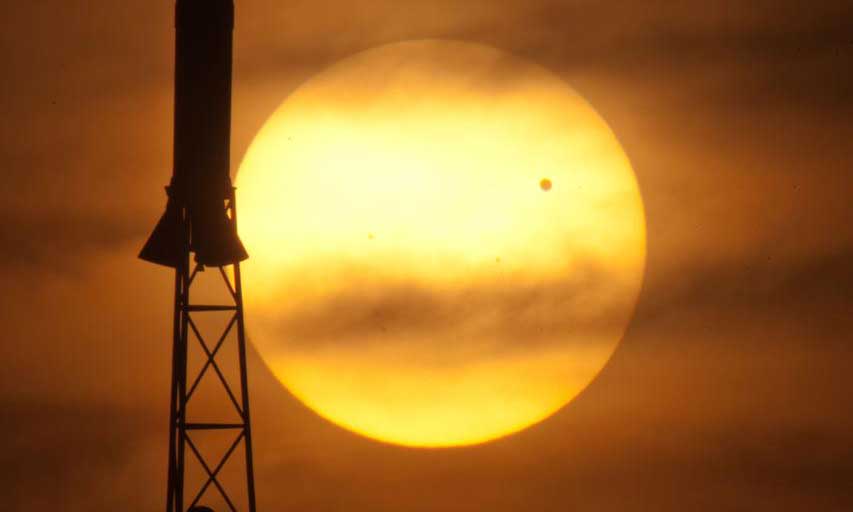
Planet Express: Riding the Cosmic Transit System
Mercury and Venus are the only planets in our solar system with orbits smaller than that of Earth. Because of that, we can observe them as they pass in front of the Sun from our vantage point on Earth. In our solar system, astronomical transits resemble miniature solar eclipses, but instead of the Moon blocking sunlight, a planet obscures a small portion of the Sun.
(more…)


